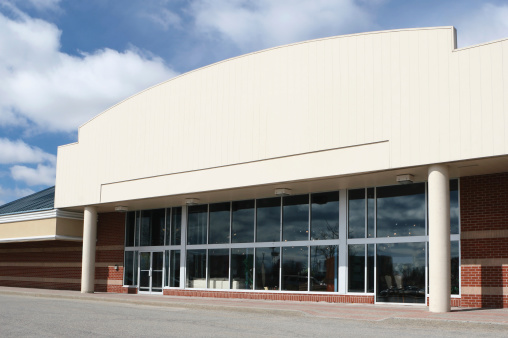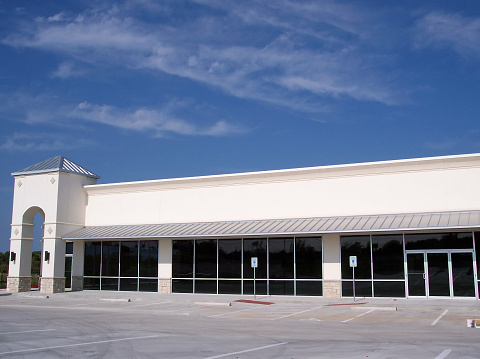Retail’s Volatile Landscape: It’s time for retailers to reevaluate their footprint
Despite a decrease in the number of retail bankruptcies in 2021 and the first half of 2022, retail isn’t out of the woods. Retailers with brick-and-mortar footprints are still facing the impact of online shopping just as they were pre- pandemic.
Retailers who survived 2020 benefited greatly from huge government stimulus. Fast forward to 2022. Now retailers face new challenges: (i) Stimulus dollars have dried up; (ii) supply chain disruptions are rampant; (iii) labor shortages persist; (iv) inflation is accelerating, changing consumers’ buying habits; and (v) talk of recession is in the air.
In this environment, retailers are rethinking their go-forward strategy. Those who can successfully adapt to industry transformation and disruption should face a rosier future. Those who cannot adapt may fail.

What to do?
“From a retail real estate perspective, we’re advising our clients to maintain and increase their flexibility,” says Harold Bordwin, Principal and Co-President, Keen-Summit Capital Partners LLC. “By acting early to increase the flexibility of your footprint you will improve your ability to weather storms, take advantage of new opportunities, and grow.”
In negotiating lease modifications with landlords, retailers need to keep in mind that a negotiation is a two-way street (i.e., what can you offer your landlord), and retailers need to consider their negotiating leverage. Landlords are in the business of collecting more rent rather than less and of locking up tenants with longer-term rather than shorter-term leases.
Matt Bordwin, Keen’s Principal and Co-President, adds: “When we are representing a tenant, we think about how desirable is this tenant to a landlord? How does this tenant improve, if at all, the tenant mix of a shopping center? Does this tenant, on its own, draw customers into the shopping center? We also look at lease expiration dates, tenant balance sheets, sales per square foot, market rent, market characteristics, and trends related to all-of-the-above. It’s a complex process that requires a rigorous approach.”

When the pandemic first hit and stores were shuttered, retailers moved quickly to preserve cash by, among other things, withholding rent and negotiating rent waivers and deferrals. That phase of the pandemic is over, and now, says Harold Bordwin, retailers’ real estate focus “needs to be on the efficient use space, occupancy costs as a percentage of sales, and flexibility when it comes to force majeure issues and lease term.”
With this lull in the pandemic, now is the time for retailers to begin the strategic process of evaluating their footprint, restructuring leases, and building best practices into new leases.
Contact Keen-Summit at (646) 381-9222 to discuss your options.




